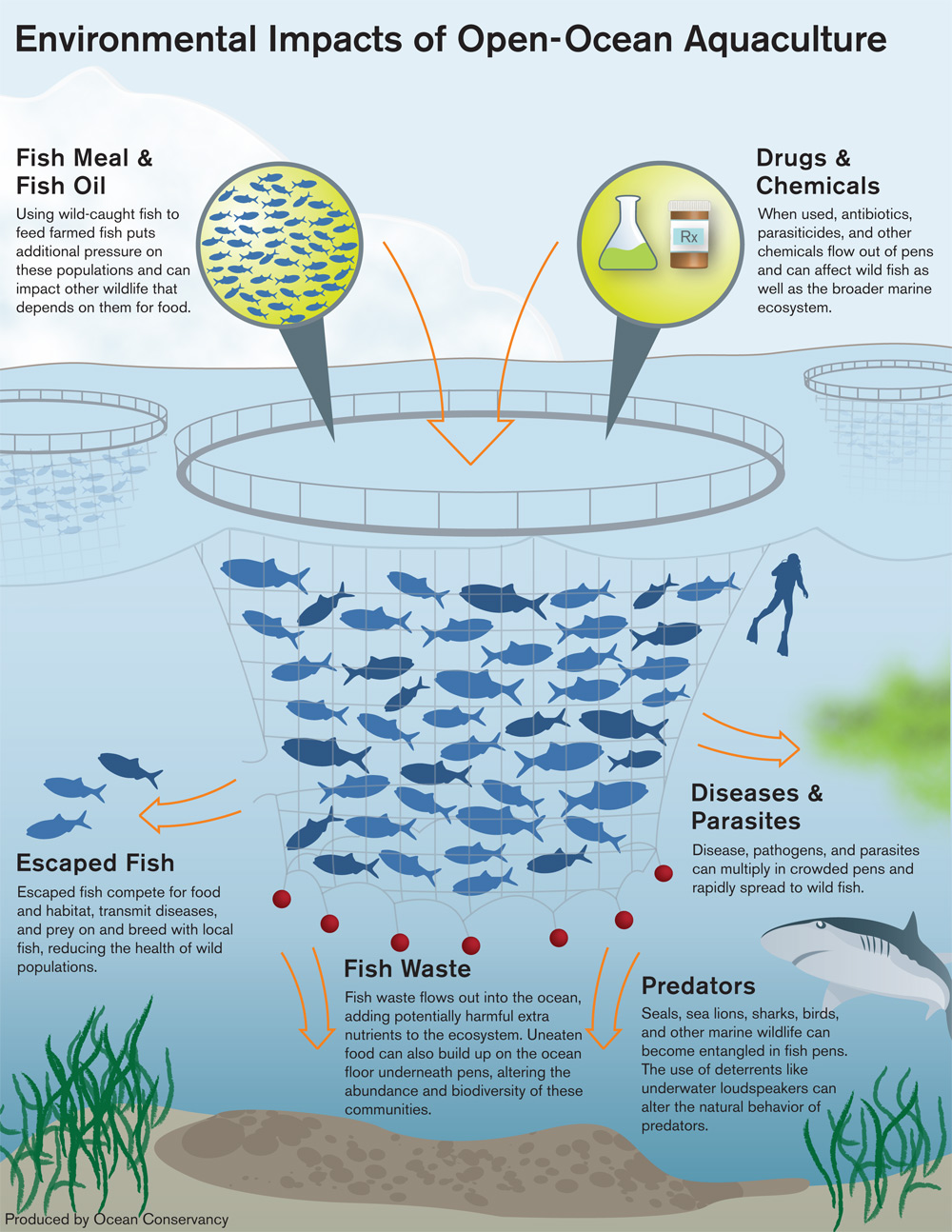Defining valleys is crucial in geography, providing insights into landscapes and ecosystems. Valleys can be classified into two primary types: closed and open.
Closed Valleys

Closed vs. Open Innovation – Infosim® – Source www.infosim.net
Closed valleys, also known as endorheic basins, are unique geological formations with no outlets to external drainage systems. Water accumulates within the valley, creating enclosed water bodies like lakes or playas. These valleys often form in arid or semi-arid regions where evaporation rates exceed precipitation.
Examples and Impacts:
The Great Basin in the western United States is a prominent example of a closed valley system. Closed valleys play a vital role in local water cycles and can support unique ecosystems adapted to arid environments.
Open Valleys

open valleys vs closed valleys on your roof | Advanced Roofing Moose Jaw – Source advanced-roofing.ca
In contrast, open valleys have an outlet connecting them to a larger drainage system, such as a river or ocean. Water flows freely through these valleys, forming rivers and streams that transport water and sediment downstream.
Formation and Importance:
Open valleys are typically formed by erosion processes caused by flowing water. They provide important pathways for water movement, shaping landscapes and supporting riparian ecosystems.
History and Myth of Closed Vs Open Valleys

Overfishing – Aquascript – Source aquascript.com
Valleys have held cultural and mythological significance throughout history. Closed valleys have often been associated with isolation and mystery, while open valleys represent connection and accessibility.
Legends and Folklore:
Legends and folklore surrounding valleys reflect these perceptions. For instance, the Valley of the Kings in Egypt is an enclosed valley that was believed to be the final resting place of pharaohs.
Hidden Secrets of Closed Vs Open Valleys

Best Inverter setup | DIY Solar Power Forum – Source diysolarforum.com
Valleys conceal hidden secrets and wonders. Closed valleys can harbor unique plant and animal species that have adapted to their isolated conditions.
Biodiversity and Natural Treasures:
Open valleys may reveal archaeological sites or geological formations that provide insights into past landscapes and cultures.
Recommendations for Closed Vs Open Valleys

Rhinoplasty Scar Treatment | Best Rhinoplasty Los Angeles – Source www.marcusmedical.com
Understanding the distinct characteristics and impacts of closed and open valleys is essential for informed decision-making.
Conservation and Development:
Conservation efforts in closed valleys should prioritize preserving their unique ecosystems, while development in open valleys must consider the effects on water resources and riparian habitats.
Tips for Exploring Closed Vs Open Valleys

Beautiful standing seam metal roof in Lodi, California; made possible – Source www.pinterest.com.mx
Exploring valleys offers unforgettable experiences. Closed valleys provide opportunities for solitude and adventure, while open valleys invite hiking, kayaking, or wildlife viewing.
Preparation and Safety:
Before venturing into any valley, ensure proper preparation, including maps, water, and appropriate footwear. Closed valleys may require additional planning and self-sufficiency.
Exploring Closed Valleys Responsibly
Respecting closed valleys is crucial. Limit noise and leave no trace to preserve their delicate ecosystems. Consider guided tours to learn about the area’s history and significance.
Fun Facts About Closed Vs Open Valleys

Closed Cell And Open Cell Spray Foam Insulation – Source www.sprayfoamsolutionsohio.com
Valleys hold fascinating facts. The lowest point in North America, Death Valley, is a closed valley. The Grand Canyon, formed by the Colorado River, is an open valley.
Diversity and Landscapes:
Closed valleys can support diverse plant life, including succulent plants and desert vegetation. Open valleys often feature lush greenery, waterfalls, and sculpted landscapes.
How to Identify Closed Vs Open Valleys

Open vs Closed Valleys – Powers Roof Service – Source www.powerstileroofrepair.com
Identifying closed and open valleys requires careful observation. Closed valleys lack visible outlets, while open valleys have rivers or streams flowing through them.
Topographic Maps and Aerial Imagery:
Topographic maps and aerial imagery can provide valuable insights into valley systems. Look for closed contours or the absence of drainage channels to identify closed valleys.
What if Closed Vs Open Valleys

Closed Vs. Open Captions And How To Add Them Online – Source veed-grow-3.herokuapp.com
Imagine a world without closed or open valleys. Closed valleys would limit water flow and disrupt ecosystems, while open valleys would lack the protection and isolation offered by closed valleys.
A Balanced Ecosystem:
The presence of both closed and open valleys creates a balanced ecosystem, supporting diverse flora, fauna, and human activities.
Listicle of Closed Vs Open Valleys

Nose Job | Open, Closed, or Non-Surgical Rhinoplasty | Mequon, WI – Source drjohnyousif.com
Here’s a listicle summarizing the key differences between closed and open valleys:
Key Features:
- Closed valleys: No outlets, enclosed water bodies
- Open valleys: Outlets to drainage systems, rivers, or streams
Question and Answer Section
- Q: What is the main difference between a closed and an open valley?
A: Closed valleys have no outlets, while open valleys have outlets to drainage systems. - Q: Which type of valley is more common in arid regions?
A: Closed valleys are more common in arid regions. - Q: What are some examples of closed valleys?
A: The Great Basin in the western United States and the Valley of the Kings in Egypt are examples of closed valleys. - Q: What is the significance of open valleys?
A: Open valleys are important pathways for water movement, shaping landscapes and supporting riparian ecosystems.
Conclusion of Closed Vs Open Valleys: Defining Characteristics, Impacts, And Considerations
Understanding the distinct characteristics and impacts of closed and open valleys is crucial for appreciating the diversity of Earth’s landscapes. From the isolated beauty of closed valleys to the interconnectedness of open valleys, these geological formations play a vital role in shaping our planet. By respecting their unique features and embracing their secrets, we can ensure their preservation for generations to come.
